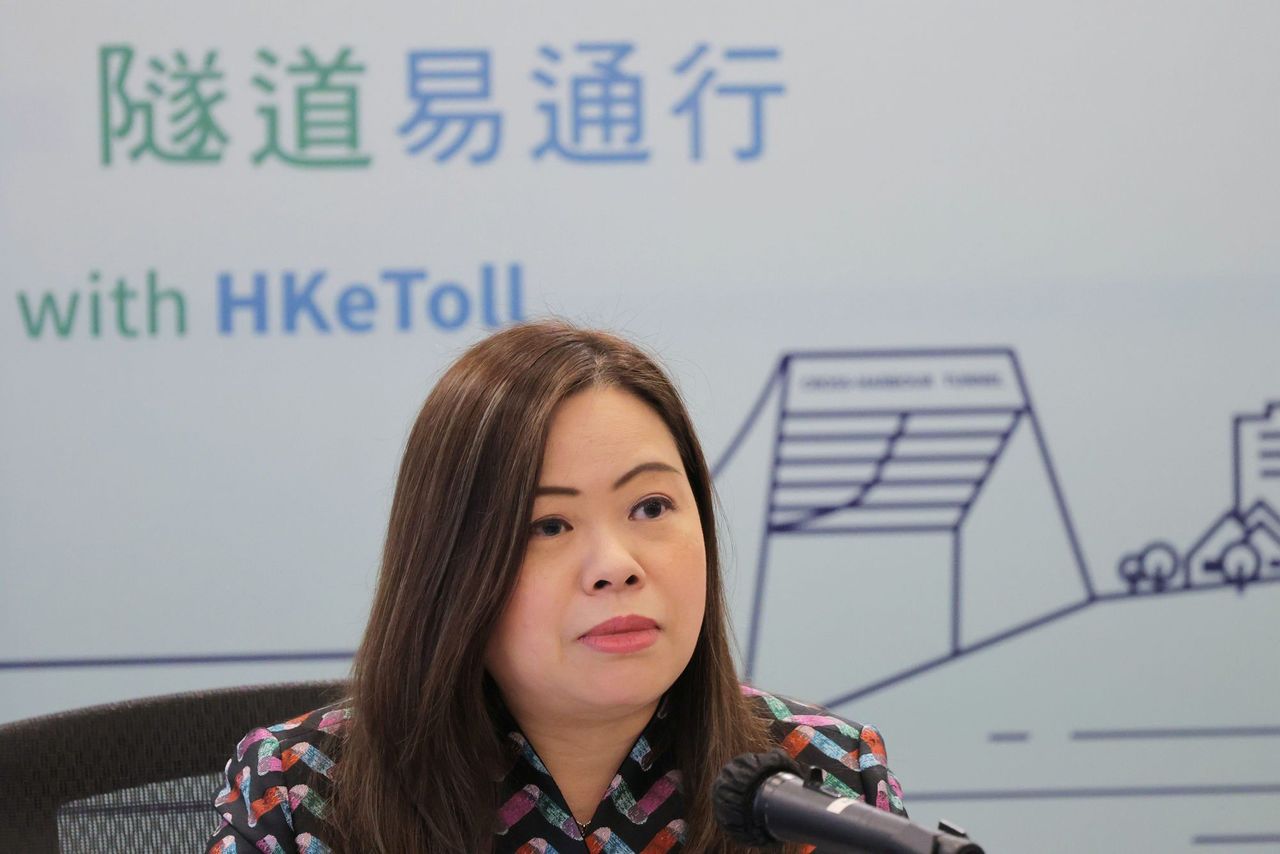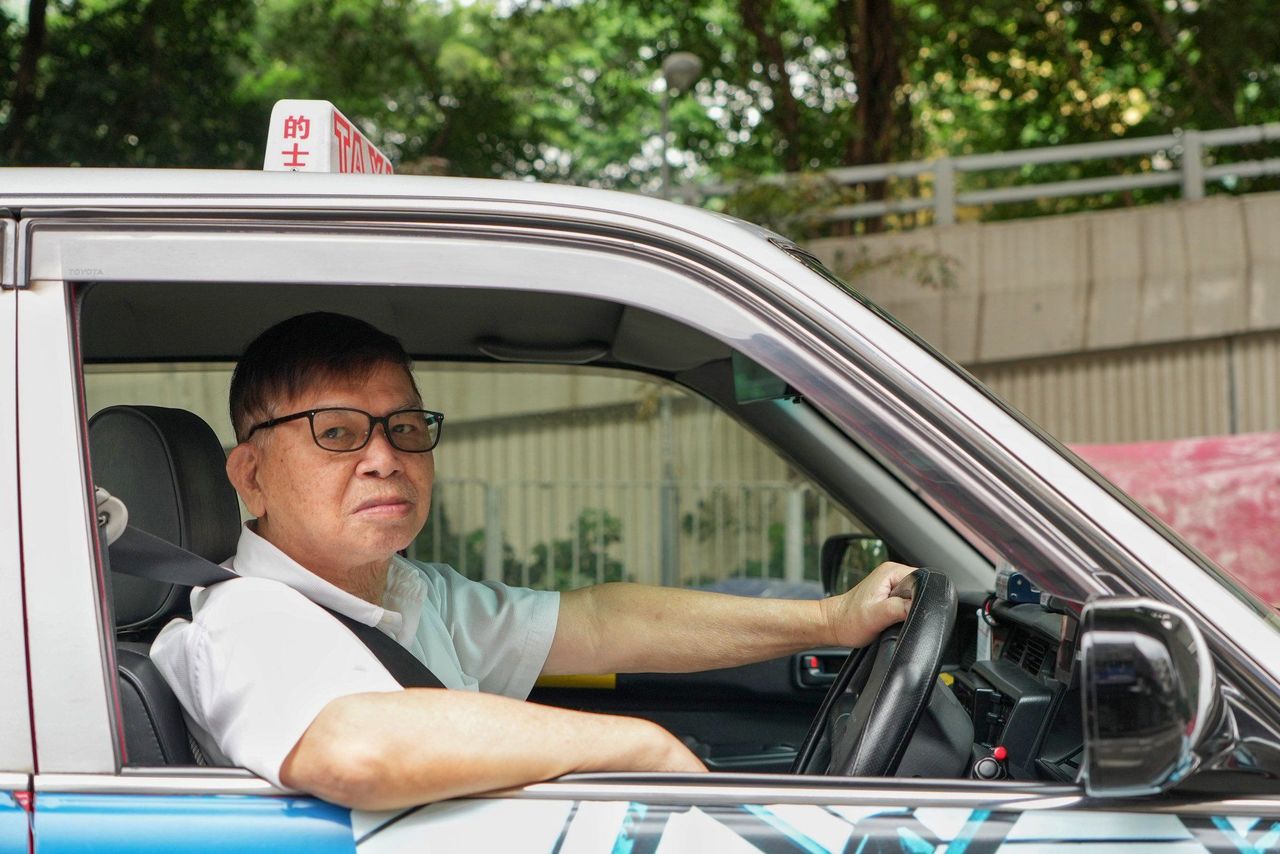Hong Kong News

17 per cent of Hong Kong cars detected without fully set up toll payment app
Hong Kong marked a smooth launch to its new automatic toll system on Sunday after earlier delays, but about 17 per cent of 6,100 vehicles that passed through the Tsing-Sha Control Area were detected without the required payment tags.
Commissioner for Transport Rosanna Law Shuk-pui revealed that as of 10am the HKeToll system found 1,048 cars without the installations that would allow automatic payment. The Tsing Sha Highway charges a flat rate of HK$8 (US$1).
Drivers without the HKeToll tag will receive an electronic payment notice and are required to settle outstanding fees within 14 business days, or face a surcharge.
“We believe these drivers failed to apply for the tag, and they should do so as soon as possible,” Law said.
Law also noted some drivers might already have the tags installed, but fares were not deducted as there were insufficient funds in their account, or they had not selected a payment method through the app.
But she said there would not be many issues on this front, as the vehicles could still be tracked through their licence plates.
“We will issue a notice notifying drivers to pay the fee, then another notice seven days later if they have not done so,” she said.
“If they still haven’t paid, we will issue a warning on the 14th day. There will be a surcharge of HK$175 if payment is still not made and a surcharge of HK$350 after 21 days.”
 Transport commissioner Rosanna Law.
Transport commissioner Rosanna Law.
Law added drivers would face legal action if they did not settle payment beyond that point.
She said a few motorists still stopped at or drove slowly past the toll booths, which were closed permanently at 5am when the e-toll services launched.
As of May 3, more than 680,000 tags had been issued, accounting for 85 per cent of the city’s vehicles.
HKeToll is an electronic payment system the government introduced to ease congestion in tunnels. It was delayed from February after vehicle registration blunders.
The service requires a car owner to apply for a tag, open an HkeToll account and create a payment method.
It has been rolled out at the Tsing-Sha Control Area, with other crossings such as Lion Rock Tunnel and Shin Mun Tunnel next in line before all such government facilities by the end of this year.
 Hong Kong Taxi Owners’ Association chairman Wong Po-keung.
Hong Kong Taxi Owners’ Association chairman Wong Po-keung.
The Post on Sunday went for a drive with Hong Kong Taxi Owners’ Association chairman Wong Po-keung, also a cab driver, to observe how the e-payment system worked at the Tsing Sha Control Area.
Traffic was smooth at 9.30am at the toll plaza, with multiple signs reminding drivers of the HKeToll system ahead and no need to stop.
The Post also observed only several lanes on the left were open, while the other channels were sealed off with barriers and traffic cones. Black cloth was draped over the unused toll booths.
After passing through the tunnel, Wong checked his HKeToll app and was surprised to find the HK$8 toll was not charged to his account despite it having HK$300 in value. He said he would have to check how he was charged at a later time as he was also using another driver-card system which did not reflect deductions in real time.
Vehicles owners with the HKeToll system fully set up will receive a successful payment notification upon passing through the tunnel, according to the Transport Department.
Wong said the new method was about the same as the existing e-payment system run by a privately owned company Autotoll. The Autotoll system will be replaced by HKeToll eventually.
“The only difference is that I don’t have to pay the HK$35 monthly administration charge to Autotoll,” he said.
Since May 1, Autotoll has exempted users from their monthly administrative charge if they do not use the service over a 30-day period.
Wong said the HKeToll system would help ease traffic at congested tunnels such as the Cross Harbour Tunnel and Eastern Harbour Tunnel.
“Installing the system at these tunnels is more important as jams could last 10 to 20 minutes on average,” he said.











